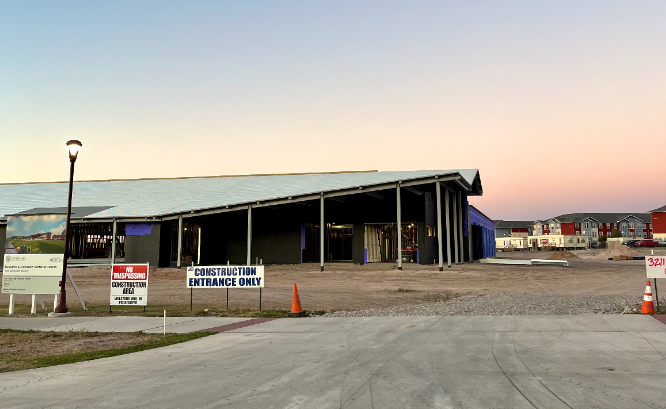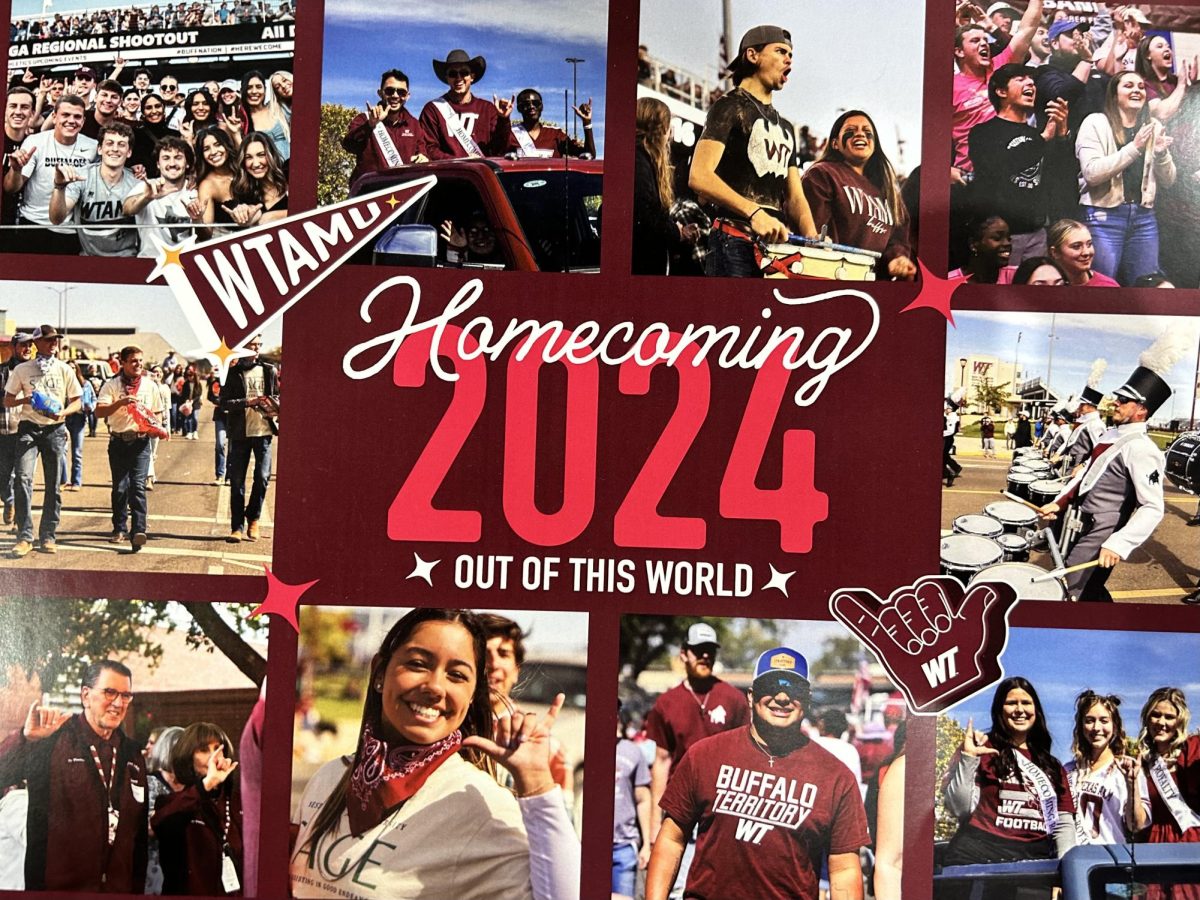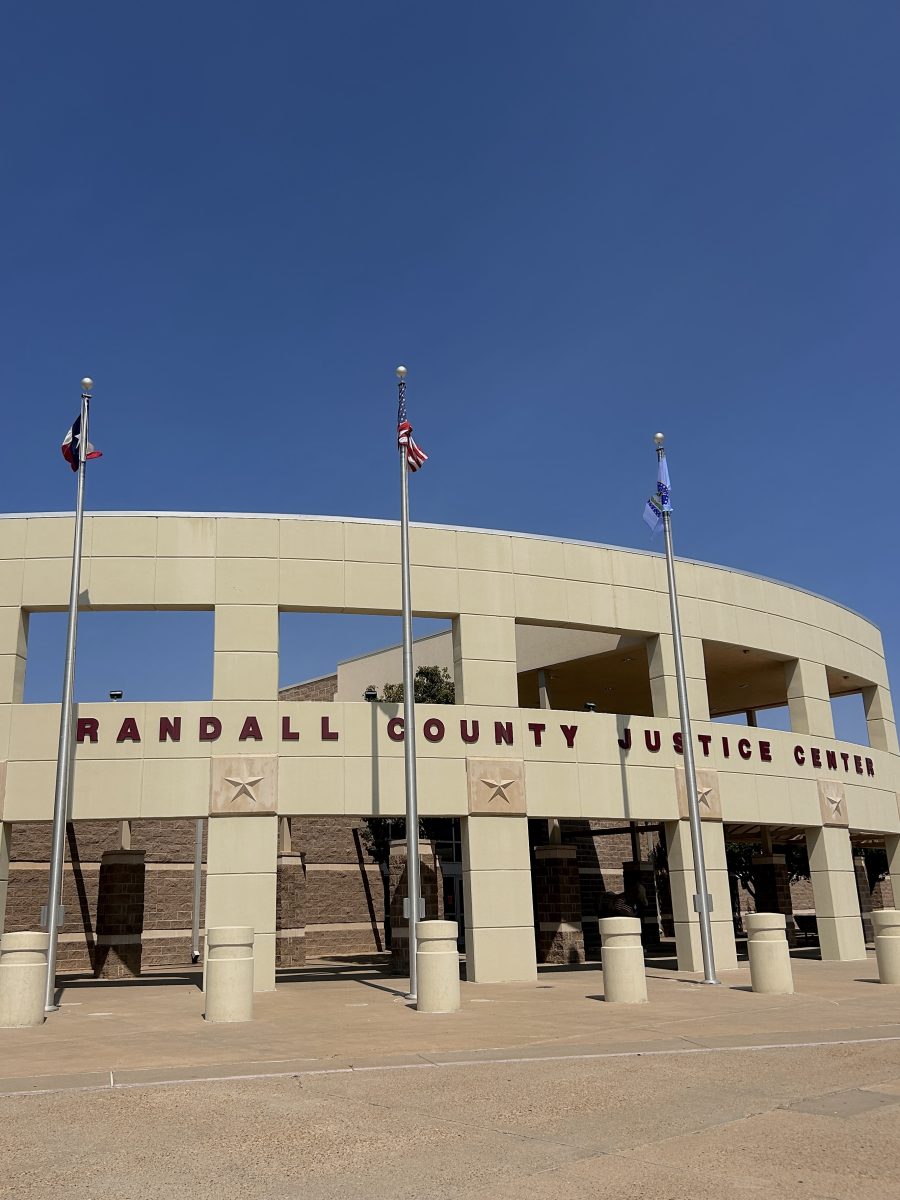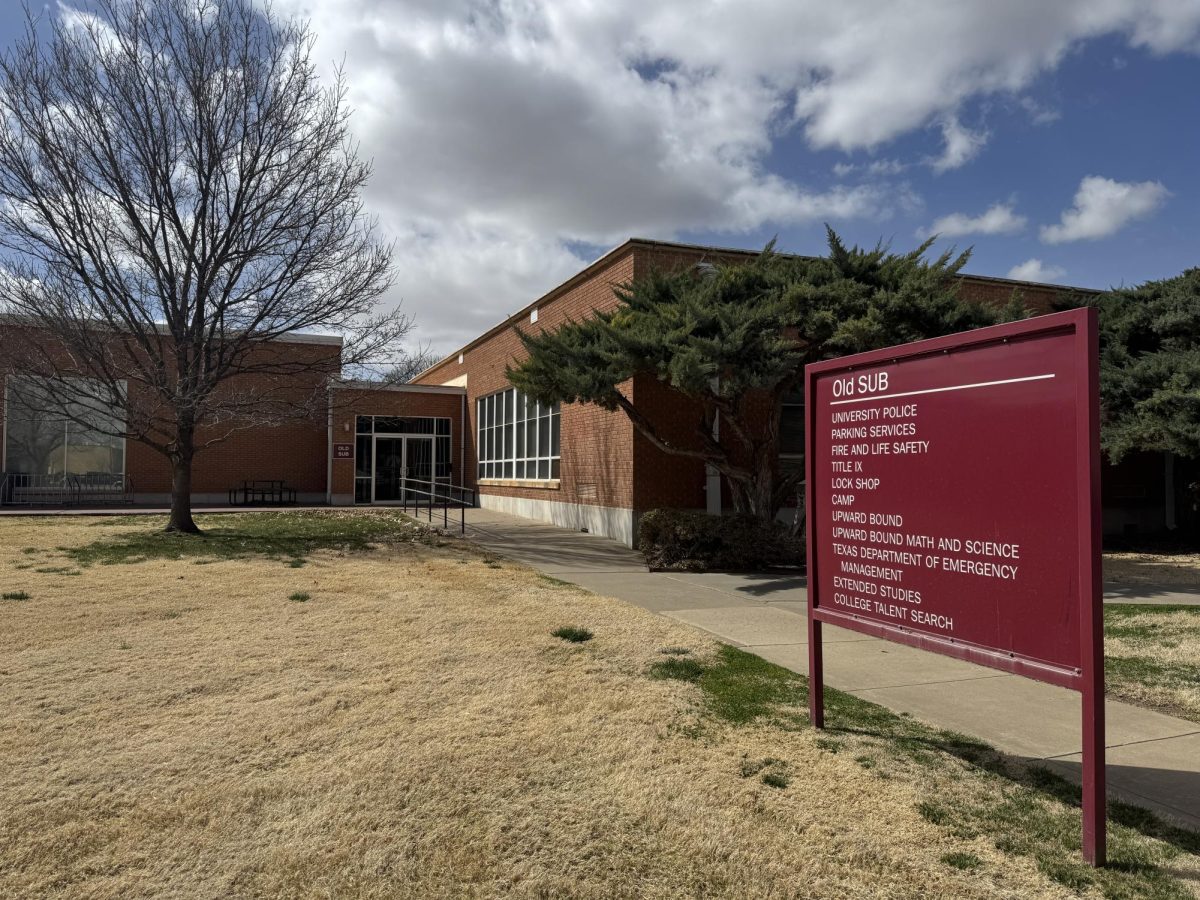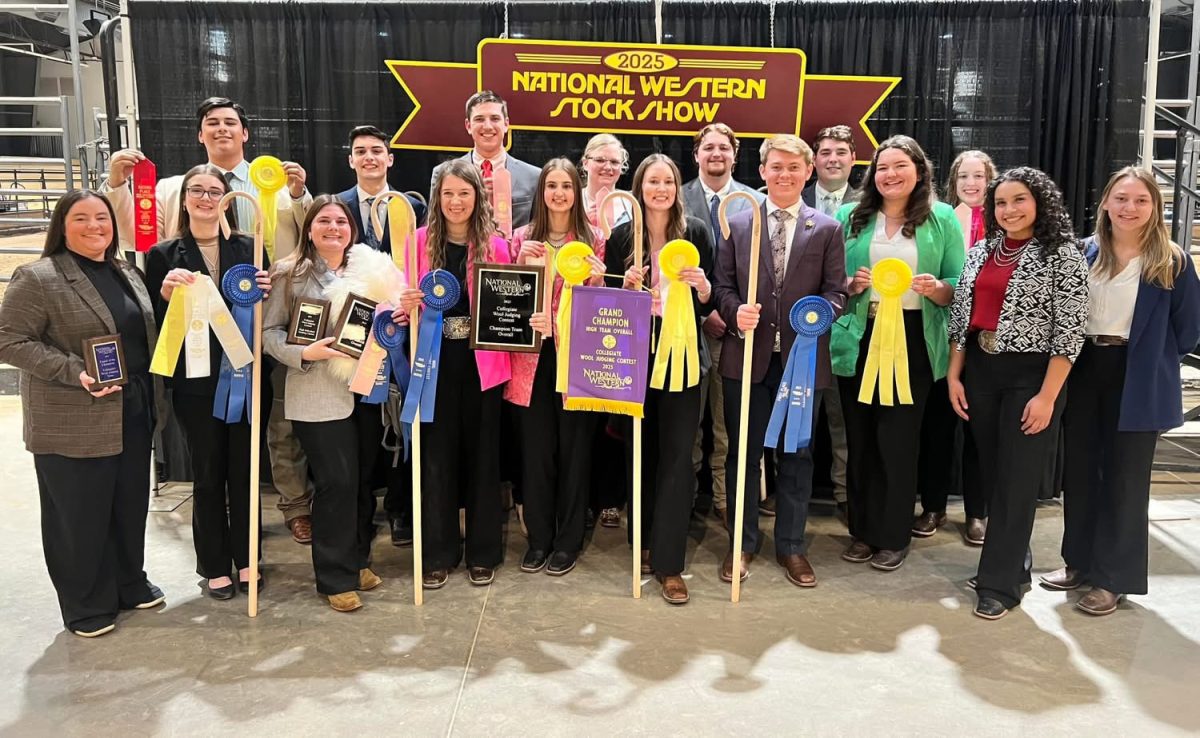
Amarillo is getting ready for the biggest mayoral election in the city’s history.
Eleven candidates will be competing to take the place of former mayor Debra McCartt.
According to experts, it’s not surprising to see more candidates in an incumbent-less race.
“Vacancies are like magnets. They draw candidates.” Susan Coleman, political science professor at WTAMU, said.
The candidates come from various backgrounds. Many are not politicians by trade: some are businessmen, others technicians, students, ministers, pastors and police dispatchers.
They are older, like Roy McDowell and Drew Alexander, both 69. They are young, like twenty-one-year old Ryan Vigil.
Some candidates have attracted controversy, such as Sandra Dunn (F.E. Dunaway), 53, full-time graduate student and transwoman; and David H. Grisham Jr., 50, a Pantex security officer and fundamentalist pastor of “Repent Amarillo”.
“It’s a unique group,” Coleman said. “We’ve had elections before with candidates who were characters.”
Characters or not, they all have one thing in common: wanting to address the issues affecting Amarillo.
“A number of the candidates have admitted that they are running for mayor to attract attention to particular concerns. Running for office to bring light to a concern is a recognized reason for seeking an office,” Dr. Dave Rausch, political science professor at WT, said.
However, not everyone likes having so many choices. There have been complaints that the race has turned into a “circus”, according to reports from both the Amarillo-Globe News and Channel 7.
Though the number of candidates may be unusual, the issues are familiar ones for Amarilloans, such as the development of downtown.
“It seems like most of the campaign rhetoric has focused on future economic development. ‘Should we continue to develop downtown? What sort of development should there be in downtown?’,” Rausch said. “Amarillo’s economy is relatively robust compared with other cities and yet there are a number of candidates who believe there are problems in the city.”
Property rights are a factor as well, says Coleman, as those who own businesses downtown worry they will be forced to pay redevelopment costs.
There is also the matter of districts. Historically, Amarillo has been an at-large district (goes by the number of votes, without representing districts), rather than a single-member one (where each district, no matter the size or population, gets a vote in elections), which some believe is not representative.
“Different parts of the city feel they are unrepresented,” Coleman said. “[Some feel that] most of the power comes from various powerbrokers in town. They feel excluded. It’s a continuing refrain. I suspect if we had single-member, people would be arguing for at-large.”
Early voting starts May 2-4, however, for those who can’t wait until voting day, Rausch is taking a Pre-Election Poll.




